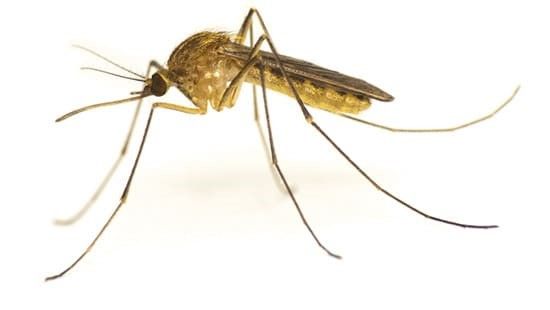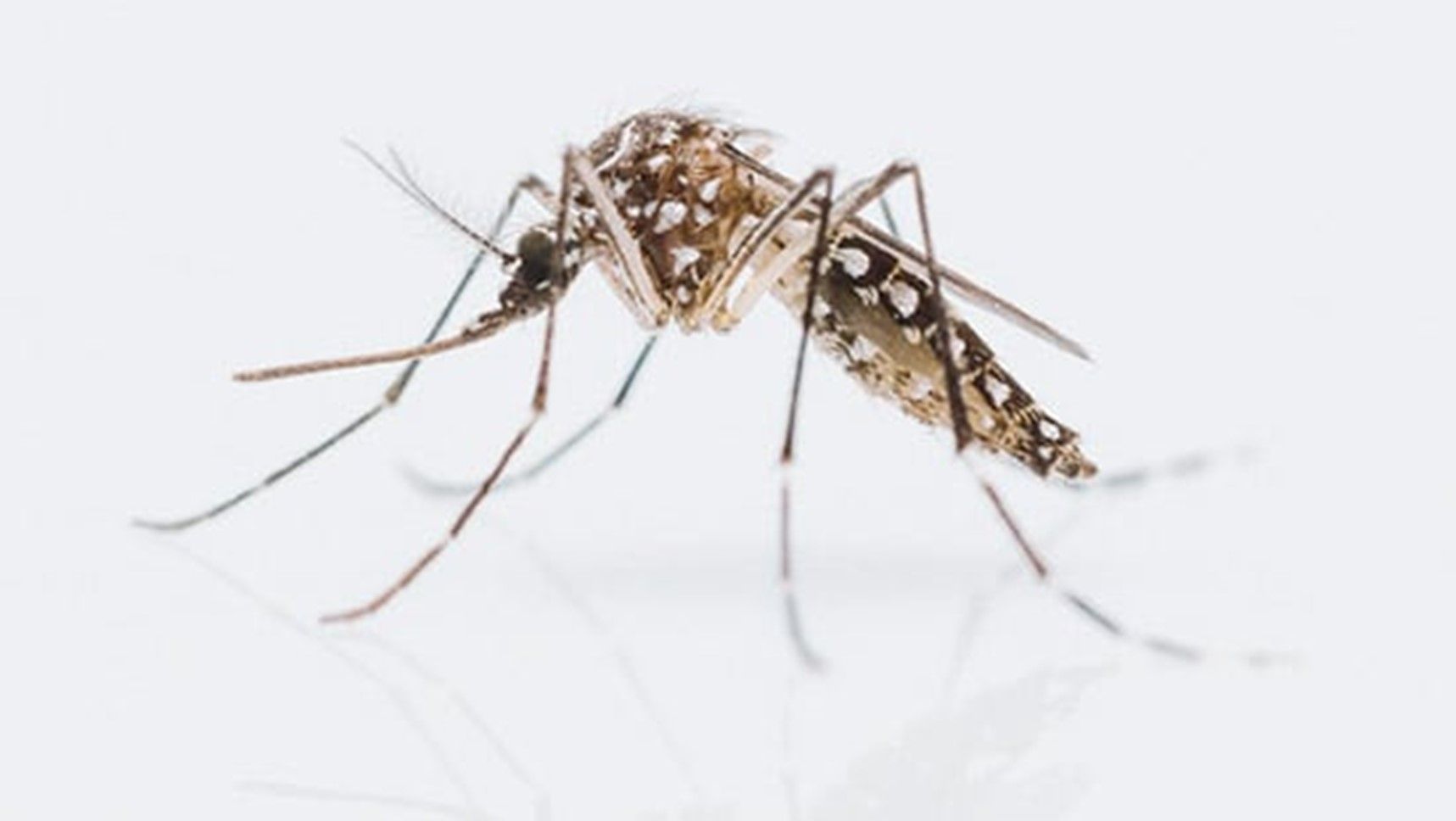MOSQUITO TREATMENT IN NORTHEAST OHIo
What are mosquitoes attracted to?
Mosquitoes are attracted to the carbon dioxide humans and other animals emit. They also use their receptors and vision to pick up on other cues like body heat, perspiration and skin odor to find a potential host. Can certain clothes attract mosquitoes? Yep, mosquitoes seem to be more attracted to dark-colored clothing.
*Mosquito bites may occur anytime during the day, at dusk or at night.
Mosquitoes in Ohio
There are about 60 different species of mosquito in Ohio. Several of them are capable of transmitting serious, possibly even fatal diseases, such as mosquito-borne encephalitis and malaria to humans. Even in the absence of disease transmission, mosquito bites can result in allergic reactions producing significant discomfort and itching. In some cases, excessive scratching can lead to bleeding, scabbing, and possibly even secondary infection. Children are very susceptible to this because they find it difficult to stop scratching. Frequently, they are outside playing and do not realize the extent of their exposure until it is too late.
Female mosquitoes can produce a painful bite during feeding, and, in excessive numbers, can inhibit outdoor activities and lower property values. Mosquitoes can be a significant burden on animals, lowering productivity and efficiency of farm animals.
Prevention
Since most of the mosquitoes that transmit encephalitis will not travel very far, the risk of contracting encephalitis can be minimized by controlling the mosquito breeding sites which are in close proximity to your home. Water management, to prevent mosquito breeding, is essential for control. Eggs do not hatch unless they are in water. Remove old tires, buckets, tin cans, glass jars, broken toys and other water-catching devices. Change water in bird baths and wading pools once or twice a week; clean out roof gutters holding stagnant water; and place tight covers over cisterns, cesspools, septic tanks, barrels, and tubs where water is stored. Never over-apply lawn and garden irrigation; fill, drain or treat tree holes; and drain or fill stagnant water pools, puddles, ditches, or swampy areas. Inspect water in plant containers, water-holding stumps, keep grass mowed around bodies of water, stock ponds and reservoirs with fish. Ohio Department of Natural Resources is discouraging the release of fish such as Gambusia since they are not indigenous to Ohio. Use adequate screens with 16 x 16 or 14 x 18 mesh on windows and doors. Screen doors should open outward and close automatically.
Outdoor Control
D-BUGZ can provide Adulticides Space sprays containing pyrethrins will give rapid knockdown of adult mosquitoes. However, it is a temporary treatment with little residual effect. Residual sprays applied to tall grasses, weeds, trees, shrubs, and outbuildings, one to two days before use of the area, are effective in helping with control.

Culex Mosquitoes
Typically bite at night both indoors and outdoors; they prefer avian hosts, but will bite humans.
Transmit diseases such as: West Nile Virus, Western/Eastern Equine Encephalitis.
Lay eggs in rafts on the water surface of polluted freshwater sites and artificial containers.
Distribution: All parts of the U.S.


Anopheles Mosquitoes
Bite indoors and outdoors between dusk and dawn and prefer human and mammal hosts.
Transmit diseases such as: Malaria.
Lay eggs with floats on the surface of natural, vegetated water bodies (e.g., ponds, marshes, swamps).
Distribution:
Eastern and Western U.S.
Aedes Mosquitoes
Unlike the “typical” mosquito of the U.S., they are active day biters and humans are their preferred hosts.
Transmit diseases such as: Zika, Chikungunya, Yellow Fever, Dengue.
Lay eggs singly on or near the surface of temporary water sources (e.g., used tires, flower pots, pools, roof tanks).
Distribution: Across the East Coast, Midwest, Pacific Northwest, and Southern U.S.


Aedes Mosquitoes
Unlike the “typical” mosquito of the U.S., they are active day biters and humans are their preferred hosts.
Transmit diseases such as: Zika, Chikungunya, Yellow Fever, Dengue.
Lay eggs singly on or near the surface of temporary water sources (e.g., used tires, flower pots, pools, roof tanks).
Distribution: Across the East Coast, Midwest, Pacific Northwest, and Southern U.S.

Call Us Today For a Free Estimate
Address: 12600 Rockside Road Garfield Heights, Ohio 44125-4525 United States | Phone: (216) 714-5575 | Email: dbugzpc@gmail.com
Business Hours: Mon - Sat: 24 h | Sun: Closed | 24-hour emergency






We also accept: CashApp
License #: 4323834











